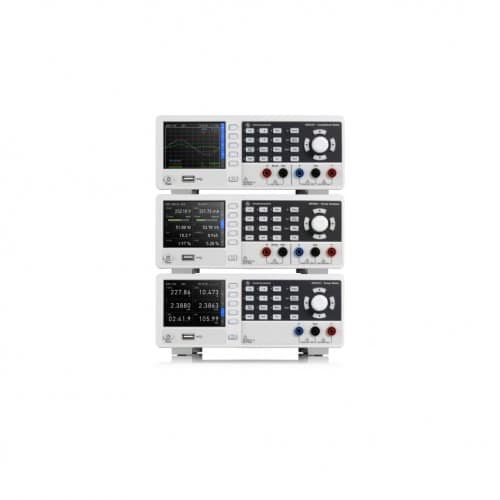The family of power analyzers measures voltage, current, power, and harmonic distortion in electronic devices across DC and AC sources.

Rohde & Schwarz have launched a family of power analyzers, available in three models, to cater to requirements for measuring voltage, current, power, and harmonic distortion across DC and AC sources. The lineup includes the R&S NPA101 power meter for measurements, the R&S NPA501 power analyzer with measurement functions and analysis, and the R&S NPA701 compliance tester equipped with evaluation functions compliant with standards such as IEC 62301, EN 50564 for power consumption, and EN 61000-3-2 for EMC harmonic emission testing.
These power analyzers are tools in the electronics industry, aiding in measuring a device or module’s electrical characteristics from the development phase to compliance testing, production, and service. The analyzers family covers a range from 50 µW to 12 kW, with potential differences from 1 mV to 600 V and currents from 1 mA to 20 A. The power analyzer and compliance tester models also offer interfaces for external probes or shunts to extend their capabilities. All models have a sampling rate of 500 ksample/s and a 16-bit resolution A/D converter for current and voltage readings.
The company claims to provide 23 standard measurements, including power, current, voltage, harmonic distortion, and energy, with the option to display up to ten measurements simultaneously from a total of 37. The instruments feature a 5V measurement range, a choice of Crest factor values for flexibility in capturing peaks, and a LAN and USB interface for remote control.
The power analyzer and compliance tester models also offer peak values for voltage, current, and power, with a PASS/FAIL function for output checks. Both models also have a display mode for analyzing inrush characteristics, voltage and current waveforms, and harmonics up to the 50th order. The R&S NPA701 is the only power analyzer in its class that does not require a separate PC for compliance tests, providing procedures for standards compliance.
For more information, click here.








